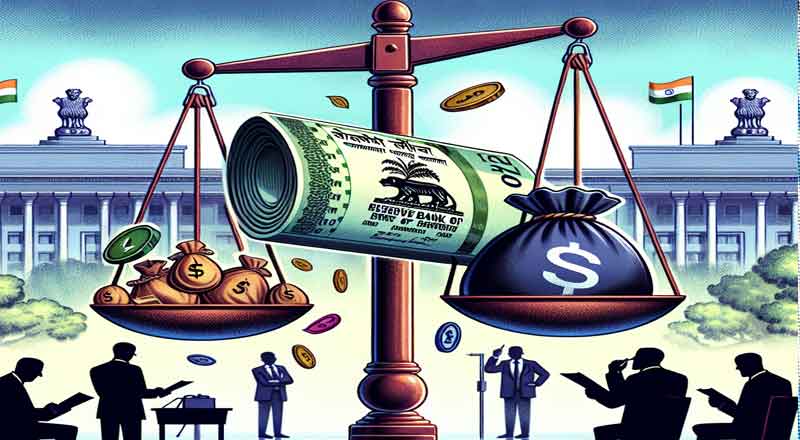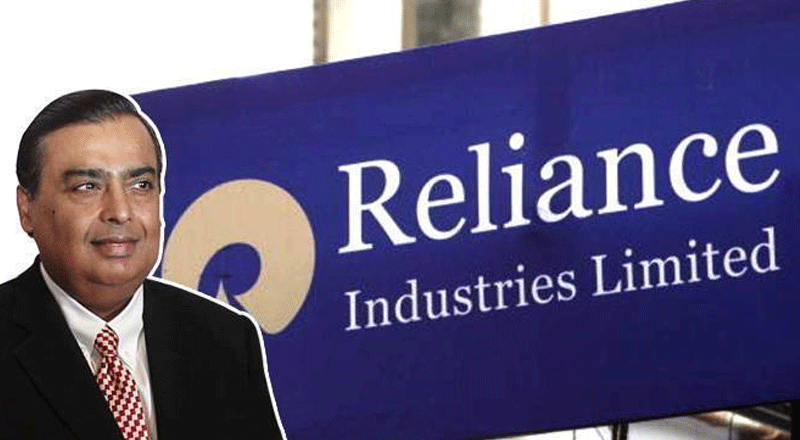Shaktikanta Das, the outgoing Governor of the Reserve Bank of India (RBI), leaves behind a legacy that has earned him global recognition. Twice named the world’s best central banker by Global Finance magazine, Das transformed the RBI’s role during his six-year tenure, navigating the institution through periods of financial volatility, a global pandemic, and evolving technological landscapes.
On December 10, 2024, Das concluded his term, marking the end of a chapter characterized by decisive actions, innovative policies, and unwavering commitment to balancing growth and inflation. As his successor, Sanjay Malhotra, takes charge, Das’s tenure offers critical insights into the transformative power of leadership.
Balancing Inflation and Growth
Das consistently emphasized the importance of restoring the inflation-growth equilibrium, a challenge that defined his tenure. Under his leadership, the RBI implemented monetary policies that maintained inflation within manageable levels while fostering economic growth. Das’s strategy included not only fine-tuning interest rates but also devising targeted measures to mitigate external shocks.
During the COVID-19 pandemic, the RBI slashed repo rates to a historic low of 4% to stimulate economic recovery. This bold step reflected Das’s agility in addressing the extraordinary demands of the time, ensuring economic stability amid global disruptions.
Six Defining Feats of Das’s Tenure
Withdrawal of ₹2,000 Notes
In May 2023, Das led the RBI’s decision to withdraw ₹2,000 denomination notes. Unlike the 2016 demonetization, this withdrawal was seamless, with over 98% of the notes returned to the banking system. This policy demonstrated Das’s ability to implement large-scale changes without widespread disruption, reaffirming public trust in the central bank.
Expansion of UPI and Digital Payments
Under Das’s stewardship, India witnessed a digital payments revolution. Unified Payments Interface (UPI) grew exponentially, recording over 14 billion monthly transactions by 2024. Beyond domestic adoption, UPI expanded internationally, enabling cross-border transactions with countries like Singapore and Bhutan. This transformation positioned India as a global leader in digital payment systems.
Central Bank Digital Currency (CBDC)
Das introduced pilots for India’s Central Bank Digital Currency (CBDC), a pioneering move in exploring blockchain technology for financial transactions. With over 500,000 retail users and 50,000 merchants actively participating in the pilot by 2024, the Digital Rupee underscored Das’s vision for modernizing India’s monetary system while enhancing financial inclusion.
Stabilizing the NBFC Sector
When Das assumed office in 2018, the non-banking financial company (NBFC) sector was reeling from the IL&FS crisis. Das’s regulatory reforms—focusing on governance, asset classification, and capital adequacy—stabilized the sector, restoring investor confidence and ensuring its long-term resilience.
Private Bank Ownership Reforms
In 2021, Das spearheaded reforms in the ownership structure of private banks. These guidelines aimed at reducing excessive concentration of control and promoting diversified ownership, fostering transparency, and ensuring the stability of India’s banking system.
Monetary Policy Innovations
Das introduced initiatives such as the Targeted Long-Term Repo Operations (TLTRO) during the pandemic, channelling liquidity to critical sectors like MSMEs and NBFCs. These measures mitigated the economic fallout of the pandemic and set the stage for a robust recovery.
The Challenges Ahead for His Successor
As Das steps down, he leaves behind a roadmap for his successor, Sanjay Malhotra. Key challenges include maintaining the delicate balance between inflation and growth, navigating an evolving global financial landscape, and addressing emerging threats like cyberattacks. Malhotra will also need to advance initiatives such as the CBDC and unified lending interfaces (ULI) to sustain India’s financial transformation.
Das expressed confidence in Malhotra’s leadership, citing his extensive experience and capability to steer the RBI through these challenges.
A Legacy of Collaboration and Professionalism
Reflecting on his tenure, Das highlighted the productive relationship between the RBI and the finance ministry. While acknowledging occasional differences in perspective, Das emphasized the role of internal discussions in resolving conflicts. This collaborative approach ensured that policy decisions aligned with the broader interests of the economy.
Das’s leadership was marked by an emphasis on professionalism and institutional autonomy. His ability to inspire teamwork within the RBI enabled the institution to navigate crises like the COVID-19 pandemic with resilience and innovation.
Shaktikanta Das’s six-year tenure as RBI Governor will be remembered as a period of transformation, innovation, and stability. From pioneering digital payment systems to stabilizing the NBFC sector, Das’s leadership redefined the role of the central bank in a rapidly evolving economy.
As Sanjay Malhotra assumes office, he inherits a robust and forward-looking RBI, thanks to Das’s legacy. The challenges ahead are significant, but the roadmap laid by Das offers a solid foundation for India’s continued economic growth and financial stability.
(With inputs from agencies)





